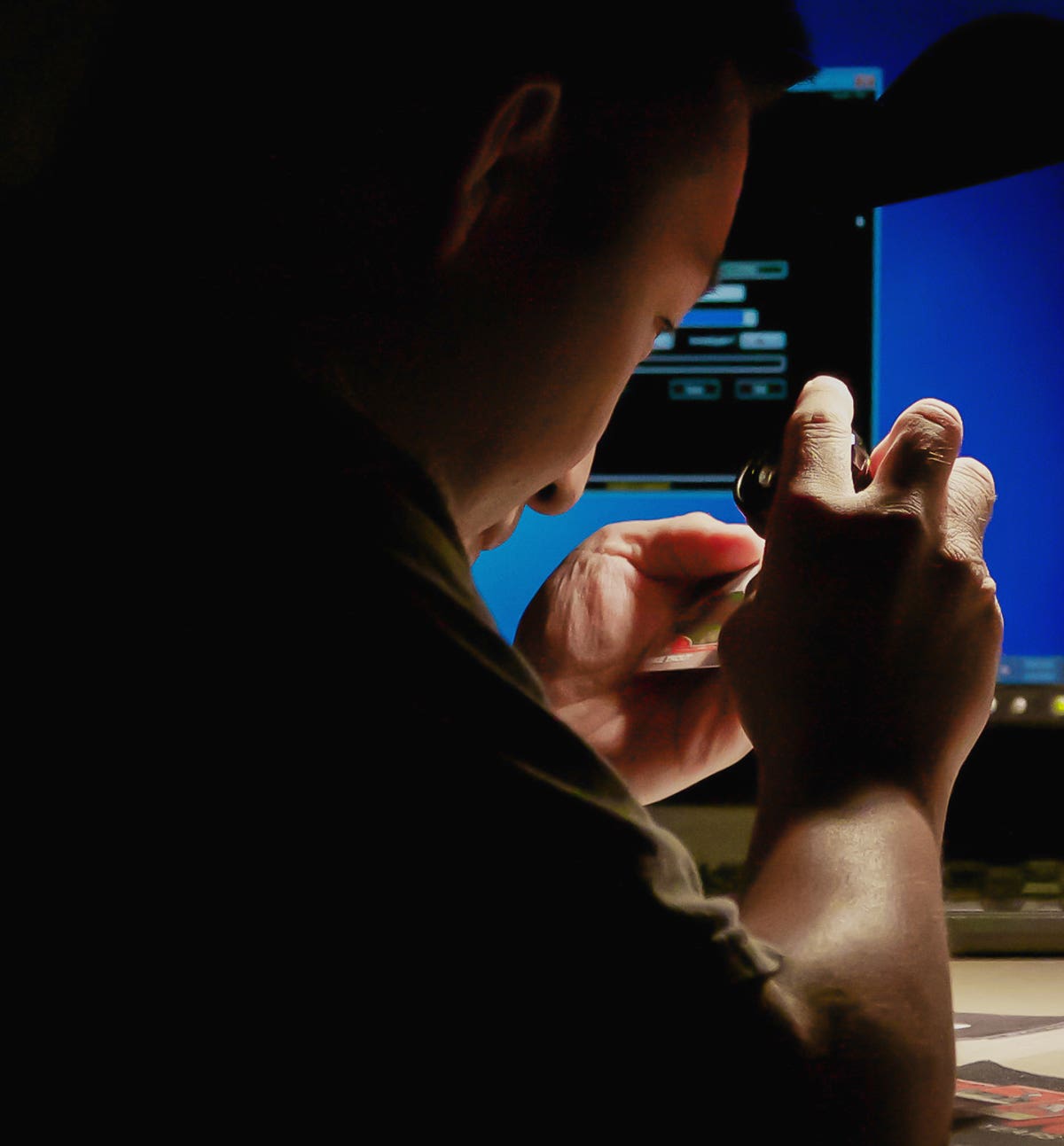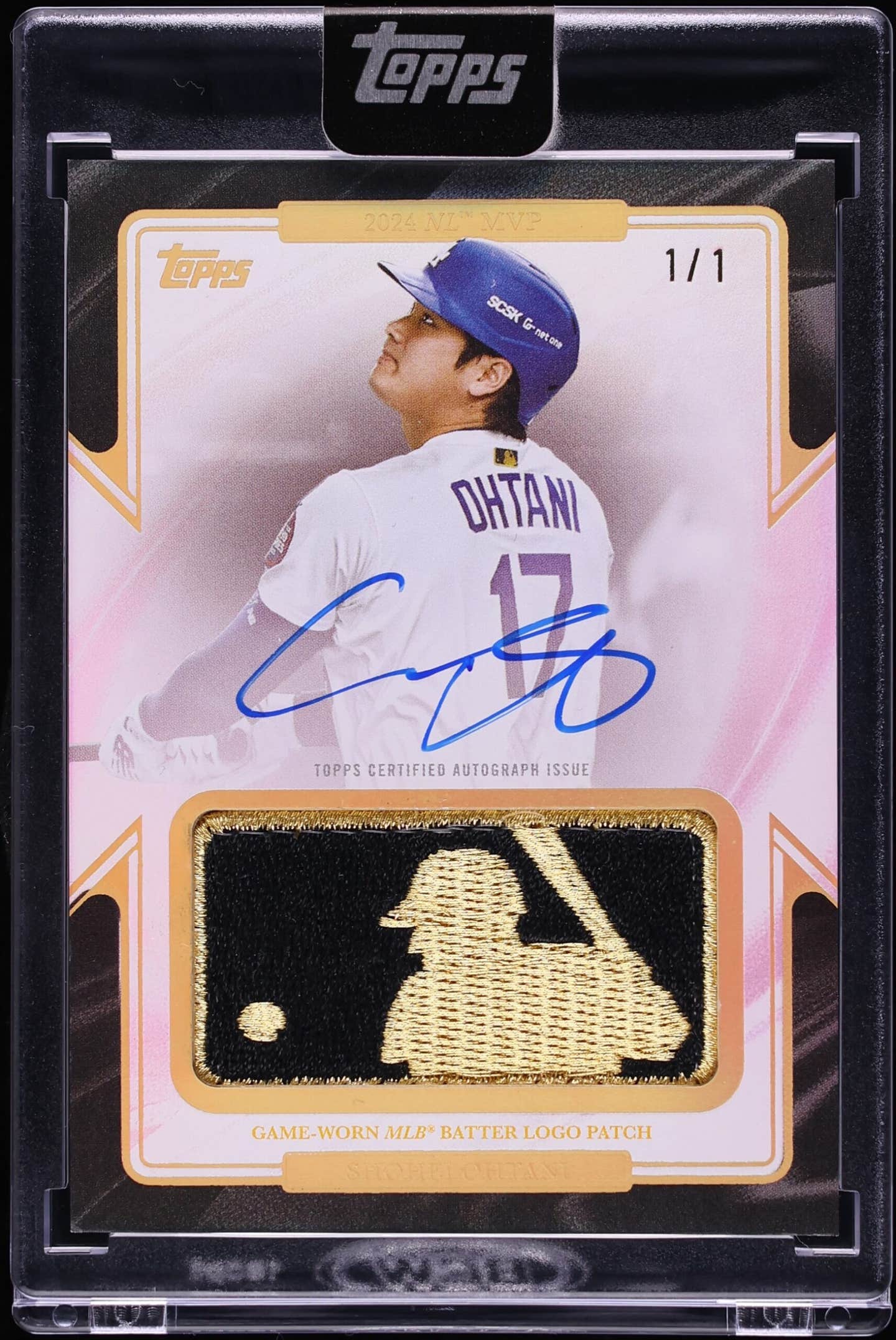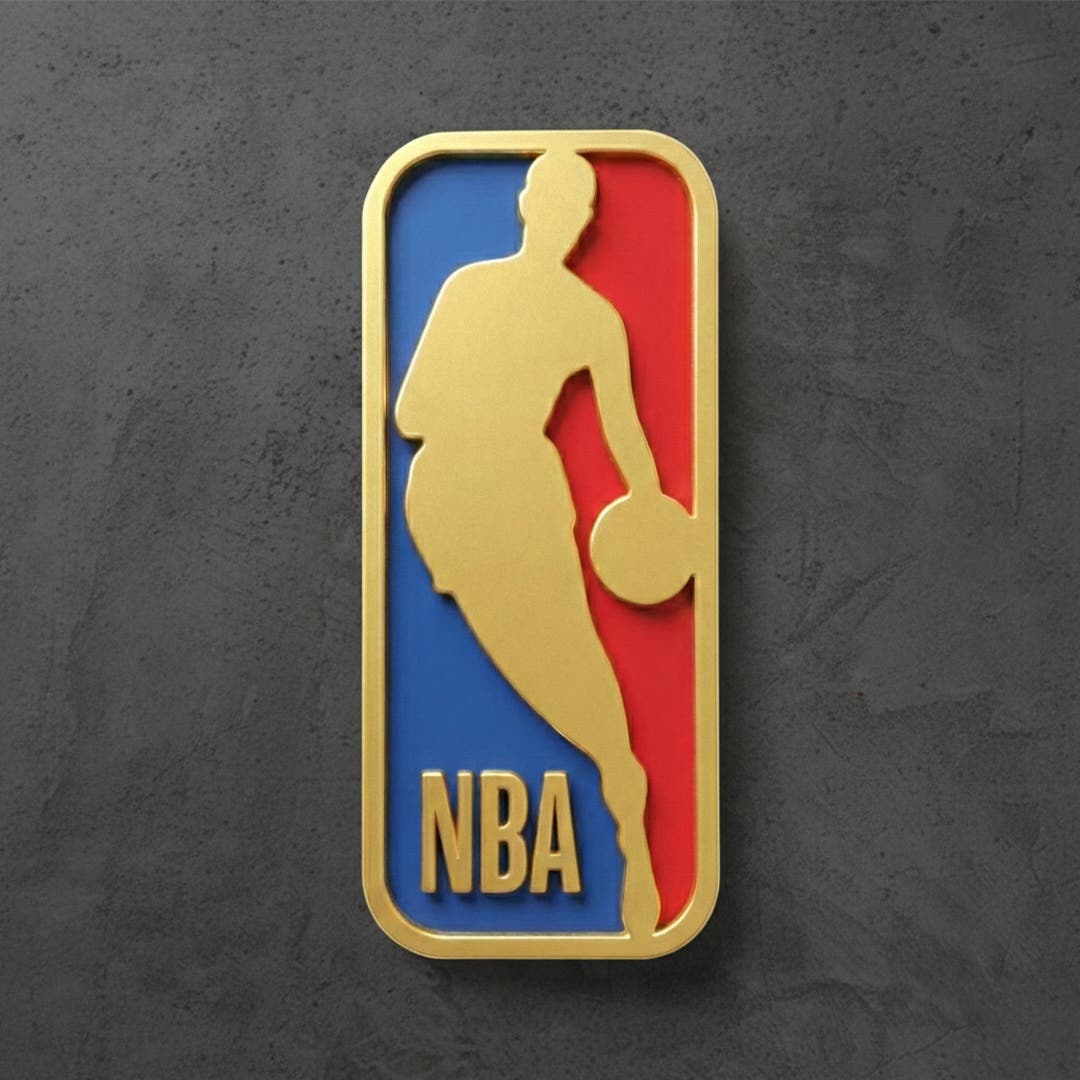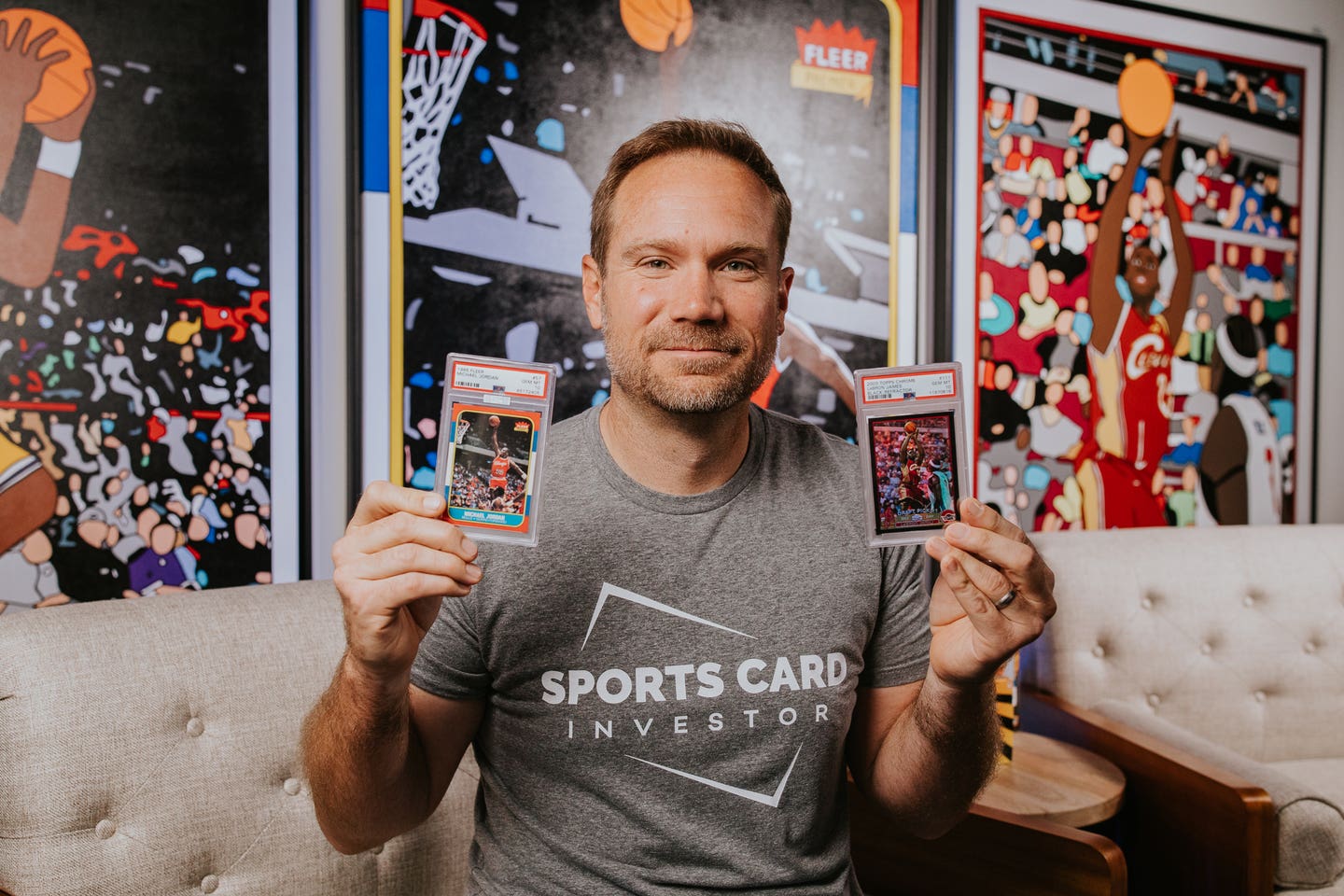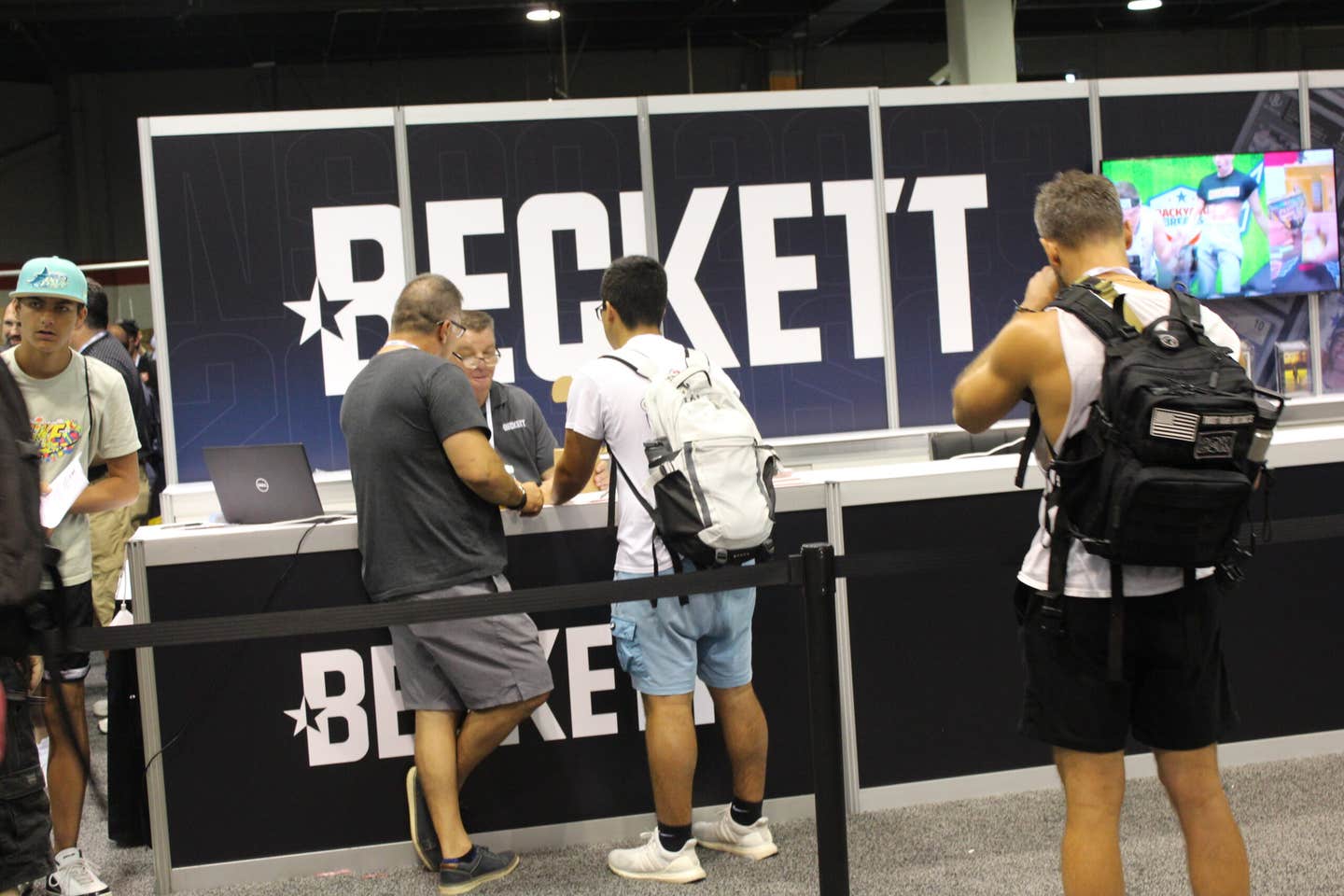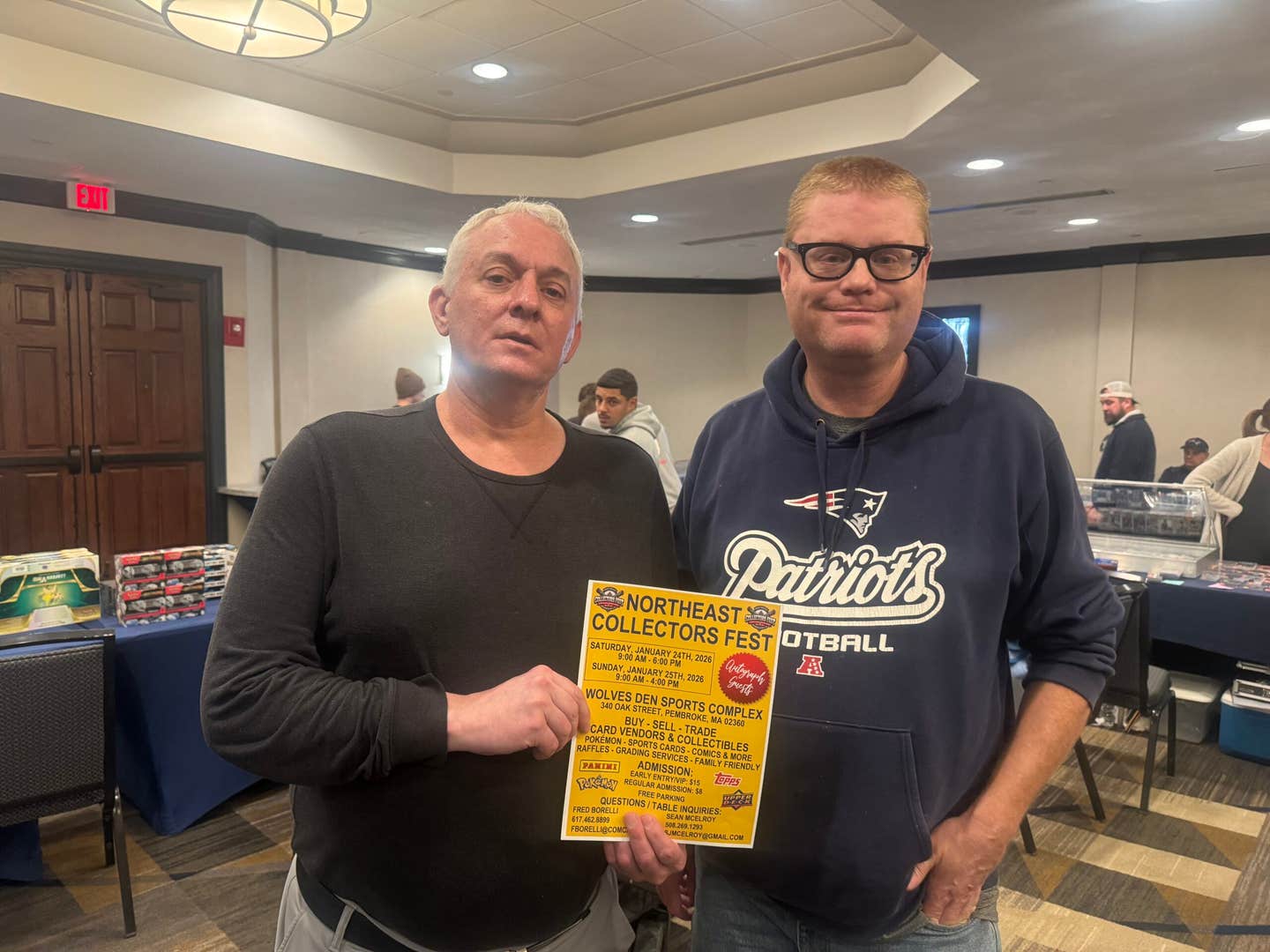News
Hobby trends and values over 15 years
When moving some boxes, I came across an old, yellowed box that was still sealed. Not having a clue what was in it (yes, you can have so many things stacked up that something could still be sealed years after delivery), I cut it open and what I uncovered was the first ever book that I co-wrote with my friend and glove mentor Joe Phillips. It wasn’t just one book, but a new sealed case of 50 Vintage Baseball Glove Price Guides with a publication date of 1992. This makes it the 15th anniversary of the first-ever publication dealing with the collector field of vintage baseball gloves.
Lest you think 1992 wasn’t all that long ago, think again. First off, you are showing your age if 15 years just doesn’t seem that far back. It’s seems like just yesterday to me, but I was still in college. There was no Internet, Youtube, Ipod, DVDs, eBay (can you imagine?) and no hand-sized cell phones. Basically, it was the reincarnation of the dark ages. If you don’t believe me, ask your kids. It’s amazing to me that we even had such things as electricity and indoor plumbing.
So what has happened in the hobby, both in terms of collectors, trends and values in the ensuing 15 years? A lot. When Phillips and I put the first guide together, we had several years of dealing in vintage gloves behind us, and we established a rarity scale. How did we know what was rare? If it was rare to us and our few collecting friends, it was rare. If one of the dozen or so glove collectors had one, it must be fairly easy or common. We didn’t have any previous sales information, no major auction house recorded sales (who would auction items of such little perceived value with such a small marketplace?), no printouts of eBay sales or tracking. All we had were just a few recorded SCD small ads from a few die-hard collectors and the sharing of each others inventory/collection. We then came up with a pricing system that was based on what we would willing pay or sell an item for.
We came up with a standard pricing structure based on scarcity and like items. If you take the first glove listing (under the postwar star players list), it reads as follows: “Abrams, Cal Very Good $35, Excellent $55, Near Mint $75 Rare (fewer than 10 examples found) If Mint, add 60 percent to listed Near Mint price.”
So, that means the value of a Gem Mint Abrams glove in 1992 would have been $100. Today, a Gem Mint Abrams glove is still considered a condition rarity but no longer a used-glove rarity, and in Gem Mint, sans any box or tags, would probably be in the $300-$400 range. Most Near-Mint prices would seem like giveaway bargains at the prices listed in that 1992 guide.
Time has proven that if you paid what we felt was absolute high-end retail on just about any Near-Mint glove, you would have done very well for yourself, as your collection has made a major jump in pricing, sometimes as much as 10 times or more.
But what about the lesser-quality gloves?
The common Very Good or Excellent glove generally has made little to no price moves, and in many cases, they are actually selling today for less than they did all those years ago. For a quick comparison, it took just a few moments to go to eBay and look up some completed auctions for vintage gloves. Let’s track a few and compare.
Our first example is a Very Good Don Kessinger that did not get an opening bid of 99 cents (a bit more if you add the $6 shipping). It is listed in our 1992 guide at $30 and “RARE USA.” There was a Very Good Don Drysdale that did not get an opening bid of $3.99, and yet, we listed it at $40. A 1950s Wayne Causey sold for a whopping $5.50, and we didn’t even have it listed because we didn’t have a clue one existed. A Very Good Johnny Temple failed to get the opening bid of $6, yet was listed at $35.
So what happened? Actually several things. First off, the mass influx of material through eBay as opposed to the old-fashioned way of garage sales, flea markets and early baseball card shows proved once and for all over the last decade what truly is rare and desirable. eBay has been huge in that it acts as a large recorded database for actual sales nation or worldwide vs. the local presence that was once so important.
Secondly, back in 1992, you could go to an autograph or card show, and for a few bucks (often less than $10-$15) a player would sign his glove for the same price as any other item. Yes, there was a time when players would sign any item for one price. Can you believe that? A time when you didn’t need an item chart and a computer to figure out the autograph cost if you had a bat, ball, picture and jersey of the same player.
Once these players starting charging more than the value of the glove, and once many of the old-time players moved on, the charm of getting a nice old used glove autographed no longer seemed appealing to the pocketbook. More often than not, you had more into the thing than it would ever be worth. So it was really over supply and escalating autograph prices that doomed these gloves to remain forever in garage-sale status. On the other hand, anything from the 1970s and before in like-new condition remains in strong demand and low supply. Therefore, these prices continue to climb, as the ever-growing demand dictates ever higher prices.
Speaking of condition rarity, one of the items we covered in that first guide was pricing and information as it pertained to original boxes (both picture models and plain), along with hangtags. Recently, a rather worn Dizzy Dean glove box, one with a drawing and not an actual photograph and the entire right corner of the cover missing, sold for $1,403. A nice Near Mint Bob O’Farrell Rawlings catcher’s mitt in a clean but plain box recently sold for $659.
We listed the O’Farrell glove at $225 (rare) with an additional 30 percent for a nice box (the 1992 total list price would be $292). We didn’t even have a price for just the Dean box, but the glove listed at $1,200 in Near Mint and $1,900 if Gem Mint. Recently, a Very Good Dean glove sold for $433, while we listed it back in 1992 at $500. What would the glove box in this poor condition have brought back then? I can’t say, but we listed that Near Mint picture boxes would add four to six times the cost of the glove.
The value of an illustrated picture box would be less than one with an actual photograph. Therefore, in 1992, a Very Good Dean glove in an illustrated box that was rather beat up would not have even approached the price of the recently sold box. Can you imagine what a Mint box with an actual photograph and a Mint glove might have brought?
This first guide included Phillips’ first glove catalog, along with prose on the merits of glove collecting, with tips of dos and don’ts, which still hold true today.
Today, there are several types of glove collectors. There are team collectors that usually collect many different items pertaining to their favorite team or teams, not just gloves. There are also condition collectors and box collectors that will buy just about anything that is Mint or boxed.
Then there are the Hall of Fame collectors who try to get one example of every HOF member. This last group is the least populated, as the stakes today are usually too high and the success rate of a complete collection any time during this lifetime are all but impossible. The first two categories are alive and well, and their investment, if they buy the very best, seems covered well into the future.
Yes, a lot has changed in the past 15 years, but the basic ingredient – collectors – have not. And for those of you who might not even have been out of grammar school when this book was released, we have them.
For the first five people who e-mail us at mearsonline.com, we would be happy to personalize a copy and ship it to you free of charge. Think of it as a sort of back to the future present from us.



